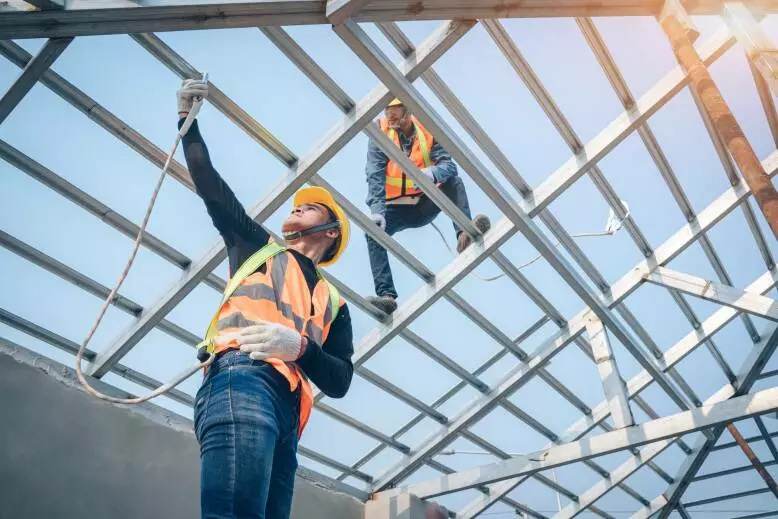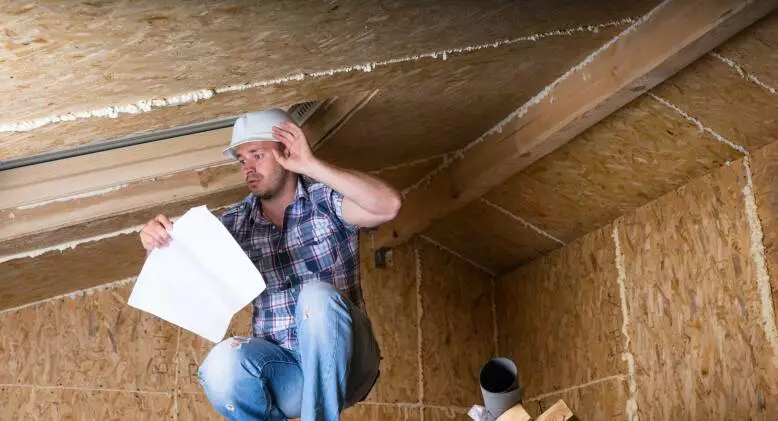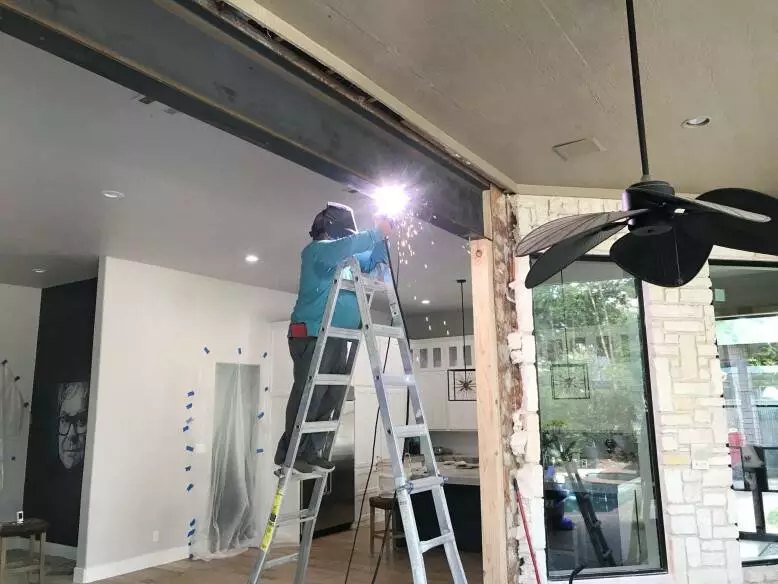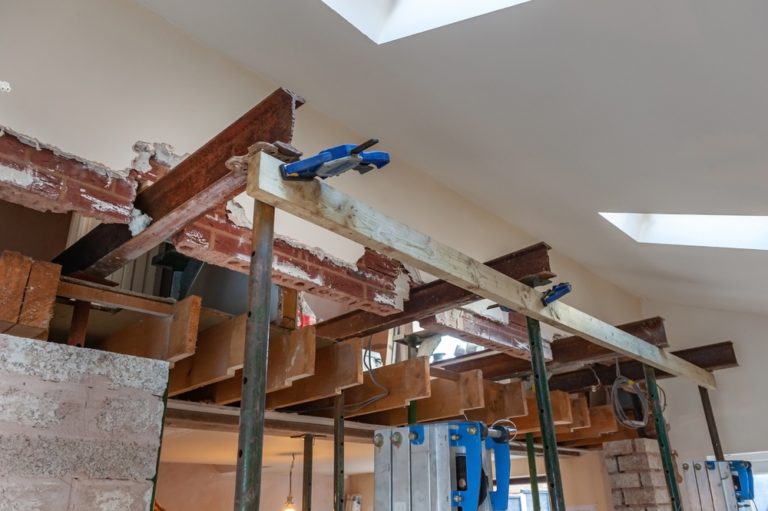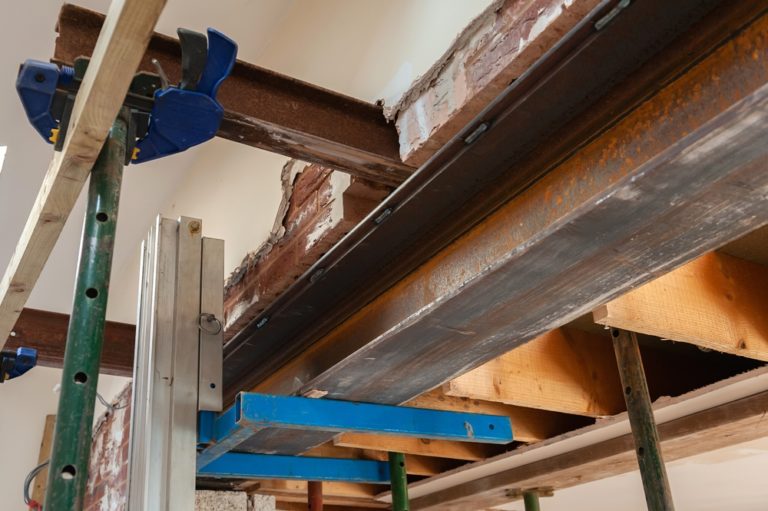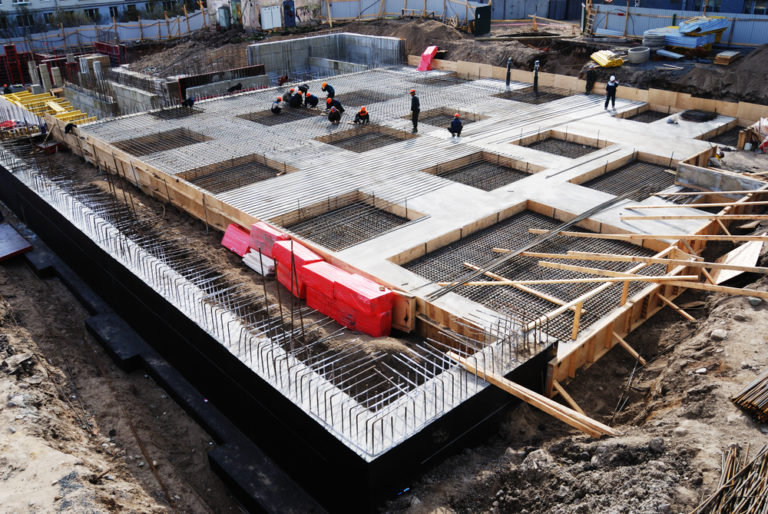When it comes to the health and safety of a building, the foundation is paramount. As a structural engineer with Nortex Structural, we’ve seen firsthand how foundational cracks can pose serious threats to a building’s structural integrity. This blog post aims to delve into the causes, impacts, and solutions for foundation cracks, helping you understand why addressing them swiftly is crucial.
Understanding Foundation Cracks
Foundation cracks can occur for various reasons, including soil settlement, hydrostatic pressure, and thermal movement. Depending on their size, location, and the type of soil your building is on, these cracks can either be benign or indicators of serious structural damage.
How do Foundation Cracks Start?
Foundation cracks start due to a variety of reasons, each influencing the structure of a building in different ways. Understanding these causes is crucial in preventing and addressing the potential damage effectively. Here are some common reasons why foundation cracks might begin:
Soil Settlement or Shifting: Over time, the soil beneath a foundation can settle or shift, particularly if the soil is not properly compacted during construction. This movement can create uneven support for the foundation, leading to cracks. Soil composition, such as clay, can be particularly susceptible to expansion and contraction due to moisture changes, leading to shifting and cracking.
Water Damage and Drainage Issues: Water is a common culprit in foundation issues. Poor drainage around a building can lead to water pooling around the foundation, which can seep into the soil and expand it, exerting pressure on the foundation walls. Conversely, too little moisture can cause the soil to shrink away from the foundation, removing support and leading to cracking.
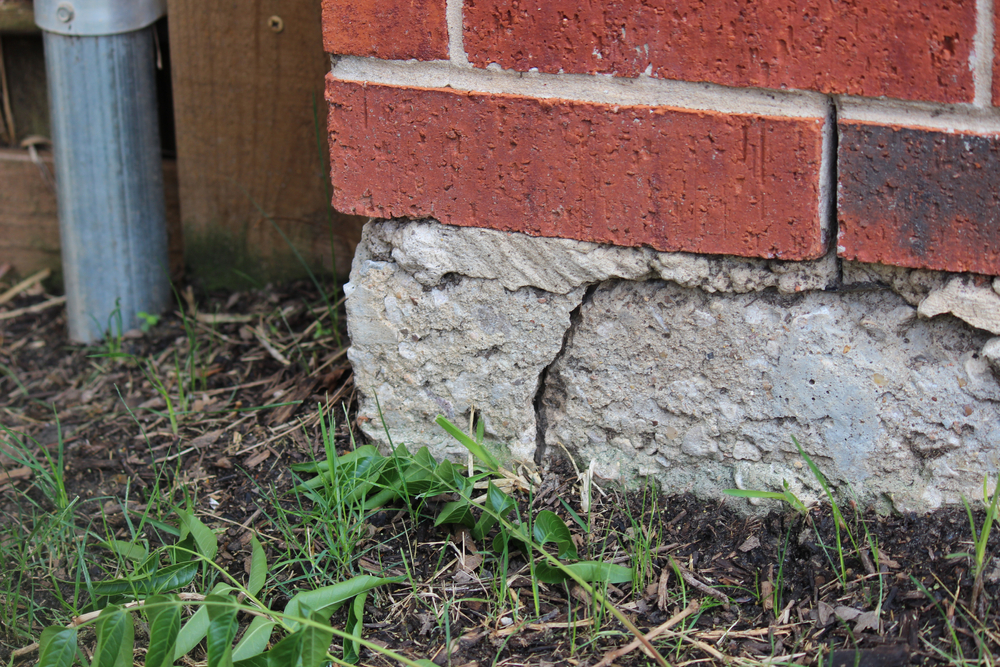
Thermal Movement and Temperature Fluctuations: Concrete and other building materials expand and contract with temperature changes. In areas with significant temperature variations between seasons or even between day and night, this constant movement can eventually cause cracks. Repeated thermal cycling puts stress on the material, leading to fractures over time.
Poor Construction: Foundations that have been poorly constructed, whether due to substandard materials, improper mixing of concrete, inadequate curing, or poor workmanship, are more prone to cracking.
Tree Root Growth: Large trees planted too close to a home can also be a reason for foundation cracks. As tree roots grow, they can push against the foundation, sometimes with considerable force, leading to cracks.
Age of the Structure: Like most things, buildings degrade over time. As a building ages, materials can become more brittle and less able to withstand the loads and stresses imposed on them, leading to cracking.
Seismic Activity: In areas prone to earthquakes or other seismic activity, the movement of the earth can cause shearing, lifting, and twisting of the foundation, resulting in cracks.
Addressing foundation cracks requires an understanding of their underlying cause. This knowledge allows for more targeted and effective repair methods, ensuring the longevity and safety of the structure. Professional evaluation by structural engineers, like those at Nortex Structural, is essential in diagnosing and repairing foundation cracks to maintain the integrity of your home or building.\
What Happens If I Don’t Fix Foundation Cracks?
Ignoring foundation cracks can lead to significant structural damage and safety risks. Over time, these cracks can expand, compromising the structural integrity of your home. This damage may manifest as uneven floors, misaligned doors and windows, and visible cracks in walls and ceilings. Additionally, cracks in the foundation can allow water to seep into your home, leading to potential basement flooding, mold growth, and damage to interior finishes.
Beyond structural concerns, untreated foundation cracks can lead to health hazards such as mold and mildew, which affect indoor air quality and can be particularly harmful to those with allergies or respiratory issues. Pest infestations are also a concern, as even small cracks can provide entry points for insects and rodents.
Moreover, neglecting foundation repair can reduce the property value of your home and result in increased energy costs due to compromised insulation. The longer these issues are ignored, the more complex and costly the repairs can become, emphasizing the importance of early detection and repair to maintain the safety and value of your property.
Solutions for Foundation Cracks
- Early Detection: Regular inspections by professionals like those at Nortex Structural can identify cracks before they escalate.
- Professional Repair: Depending on the crack type, solutions might include epoxy or polyurethane injections, hydraulic cement, or even underpinning for more severe cases.
- Preventive Measures: Proper drainage, maintaining even soil moisture levels, and avoiding heavy loads near the foundation perimeter can prevent crack formation.
Why Trust Nortex Structural for Your Foundation Repair?
At Nortex Structural, we don’t just repair the damage; we offer comprehensive solutions that address the root cause of the issue. Our team of seasoned structural engineers employs the latest techniques and materials to ensure not just a fix, but a long-term safeguard for your property. Whether it’s a simple crack sealing or a full-scale foundation repair, we prioritize your safety and the structural integrity of your building.

